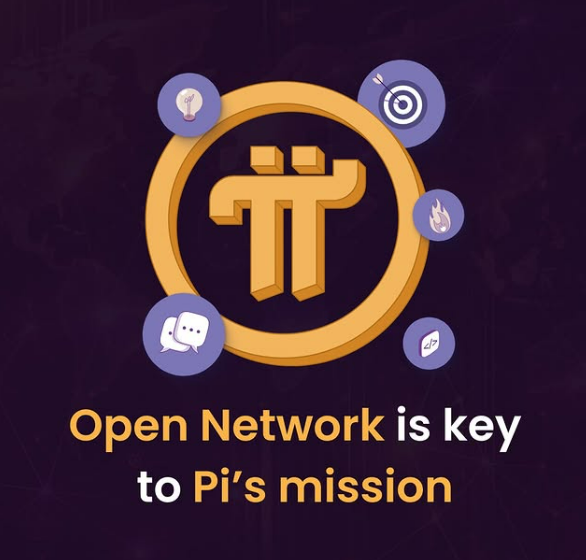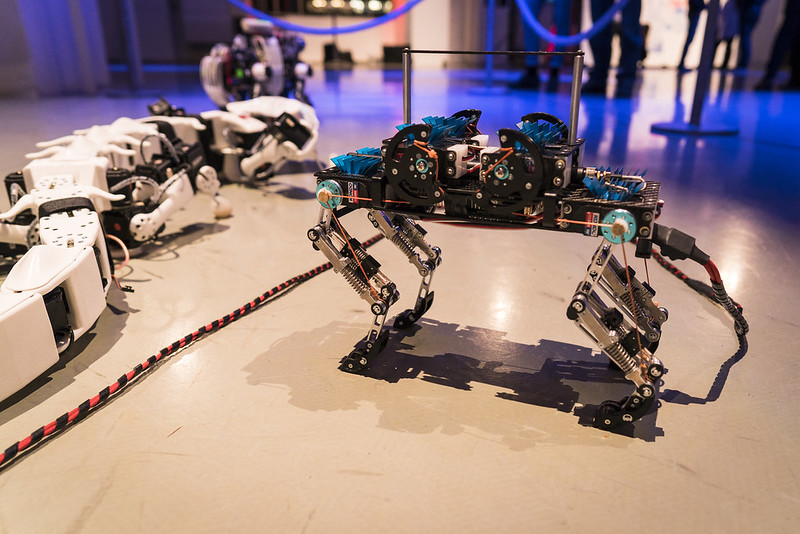Author: Malavika Madgula
Malavika Madgula is a writer and coffee lover from Mumbai, India, with a post-graduate degree in finance and an interest in the world. She can usually be found reading dystopian fiction cover to cover. Currently, she works as a travel content writer and hopes to write her own dystopian novel one day.
An AI-based model that not only helps identify areas vulnerable to floods but also predicts crop yields to prevent drought and ensure food security… An app to battle uncertainty in flood-prone areas. An initiative using high-resolution spatial images and complex mathematical calculations for accurate weather forecasts to design better disaster responses. The idea of AI-aided disaster management is indeed a reality. Disasters of all kinds, natural and manmade — hurricanes, epidemics, bridge and building collapse, wildfires, and the like — seem to be getting more frequent and more severe across the globe. According to the WMO’s (World Meteorological Organization) 2020…
The Pi Network finally threw open its doors to external trading at 8 am UTC on February 20th, 2025, after years and years of anticipation… It effectively ended the “Enclosed Mainnet” phase which flagged off in December 2021. This shift marked a crucial turning point for millions of users worldwide, hailed as “Pioneers,” as it will allow the Pi coin to be traded on major exchanges. However, the long-awaited launch wasn’t without its fair share of drama, triggering extremely volatile and sharp price movements even as early enthusiasm gave way to swift sell-offs. Even then, interest in the Pi Network…
In Part 1 of A Beginner’s Guide to Cryptocurrency Trading in India, we introduced you to the basics of crypto trading… In its second outing, we delve into the how, especially since investing in crypto assets is becoming increasingly popular among Indian investors. This comprehensive guide tells you about how to choose a cryptocurrency and an exchange to trade in, while also detailing crypto strategies so you can understand which is the best one for you. If you’re looking to begin trading in cryptocurrency, this is a good place to begin your research. Choosing The Cryptocurrency It’s no secret that…
With India having evolved into the world’s fifth-largest economy, Indian investors have shown a gradual yet significant and increasing interest in wealth creation and investment. While the stock market has been the traditional and popular avenue for investors and traders, the short history of crypto investment in India has also been nothing but impressive. Classified officially as VDAs (virtual digital assets), it’s estimated that India now has more than 2 crore crypto investors, a number that’s only expected to increase in the next half a decade. That being said, the massive volatility in the crypto industry is something even seasoned…
January 2025 has had but one buzzword: DeepSeek. The brainchild of an eponymous Chinese AI lab, the DeepSeek AI assistant/model broke all records, rising to the top of multiple app store charts. In fact, the much-spoken-about AI Assistant, powered by DeepSeek-V3, overtook its rival ChatGPT, becoming the top-rated free app on the iOS store in the United States. All this, along with the assertion that the LLM (large language model) cost just USD 5.6 million to train, has catapulted the AI model into the limelight – for the right and the not-so-right reasons. So, what is DeepSeek all about, how…
If you’re diving into the world of cryptocurrency, the first thing you need, besides information, is a wallet. If you’re already thick in the middle of all the crypto action, managing it could feel overwhelming, especially with so many safety concerns and options as well… What if there was one wallet that could handle it all – right from your NFTs (non-fungible tokens) and other tokens to staking rewards? We’re talking about the Phantom Wallet, one of the most talked-about cryptocurrency wallets in today’s day and date. It’s designed to manage NFTs and cryptocurrencies, as well as to access decentralized…
Imagine that you had to send different letters to multiple friends, but all at the same time. Sending every letter individually, obviously, would end up taking a lot of effort and time. So, instead… How about you put all these letters in one big envelope and send just a single envelope? When the big envelope arrives at the other end, the individual letters are taken out, sorted, and delivered to your individual friends one by one. Multiplexing in data communications and networking works similarly, combining multiple data streams or signals into a single signal over a shared medium. This not…
An image of Jesus and half a shrimp fused together, a SpaceX UFO craft, tiny children baking impossibly perfect cakes, and well-written articles outlining problems and magical solutions by the end of them. No, you don’t need to imagine them; these images, texts, and media are already available on the internet. Welcome to the world of “Slop,” which is akin to spam and can be described as scammy, low-quality, and dubious garbage generated by AI (artificial intelligence). It encompasses a broad term and refers to unwanted, shoddy AI content in books, art, social media, and, increasingly, internet search results. It’s…
2024 will be known for many things, one of which is the rise of crypto gaming. Blending blockchain technology with interactive entertainment, crypto gaming became a sensation across the globe. In fact, they could very well be hailed as the disruptors of 2024’s crypto industry, with games like Hamster Combat – yes, you read that right – amassing millions of fans across the globe. If you’ve heard terms like blockchain gaming and NFT games, they all, including crypto gaming, fall under the umbrella of play-to-earn games. Crypto games can store data and pay players as they use smart contracts and…
Building a robot takes boatloads of technical skills, a whole lot of time, the right materials, of course – and maybe a little bit of organic life, maybe? Decades of science fiction have shaped our ideas of robots being non-biological entities. Think of batteries as the hearts, metal as the bones, and gears, pistons, and motors as the muscles. However, all those perceptions went flying out of the window when The Terminator was released in 1984, for there was living tissue on the outside in the form of a muscular human male that covered a metal endoskeleton. It might be…












